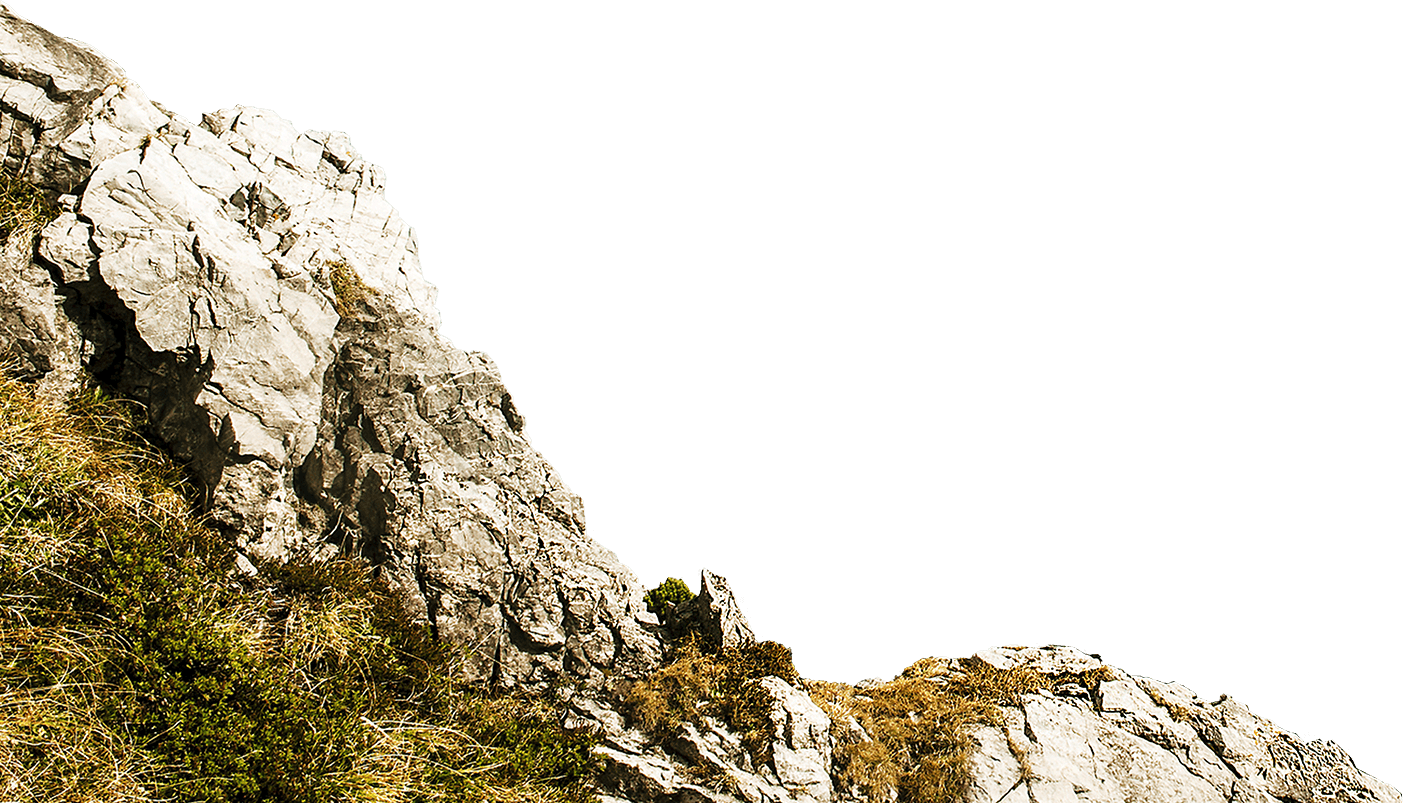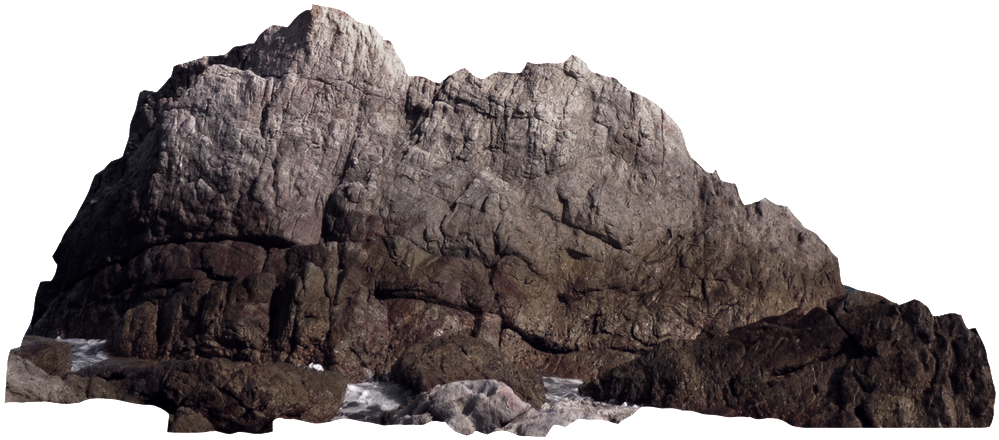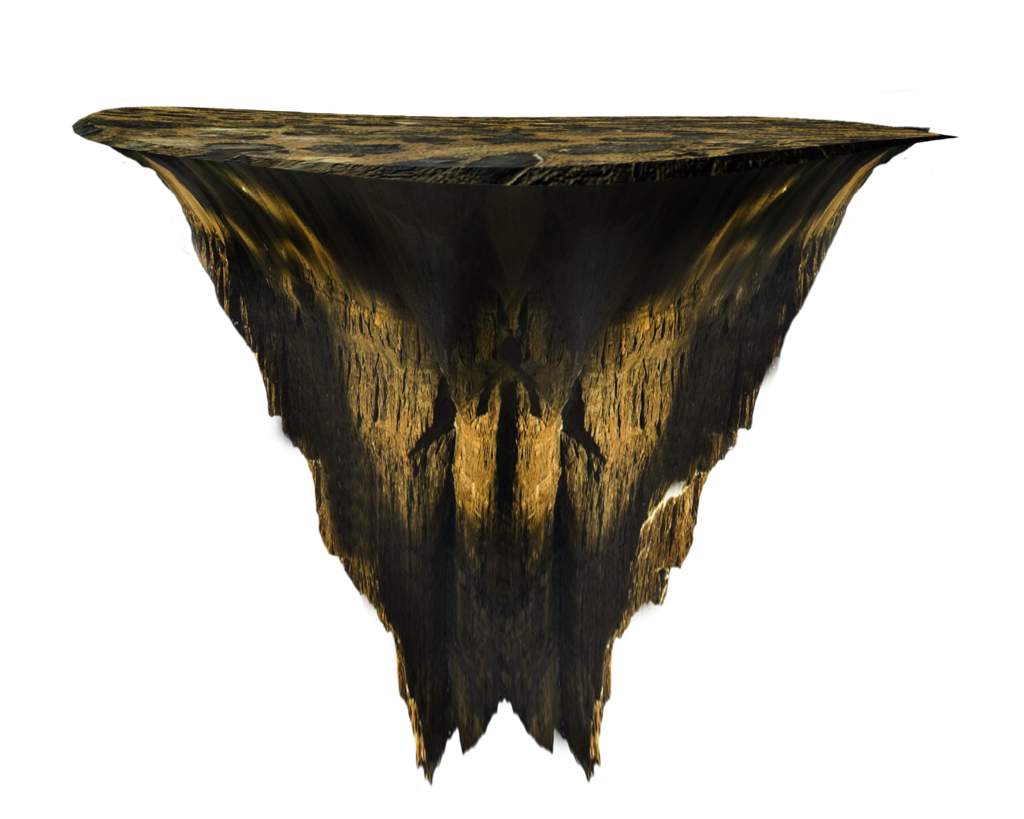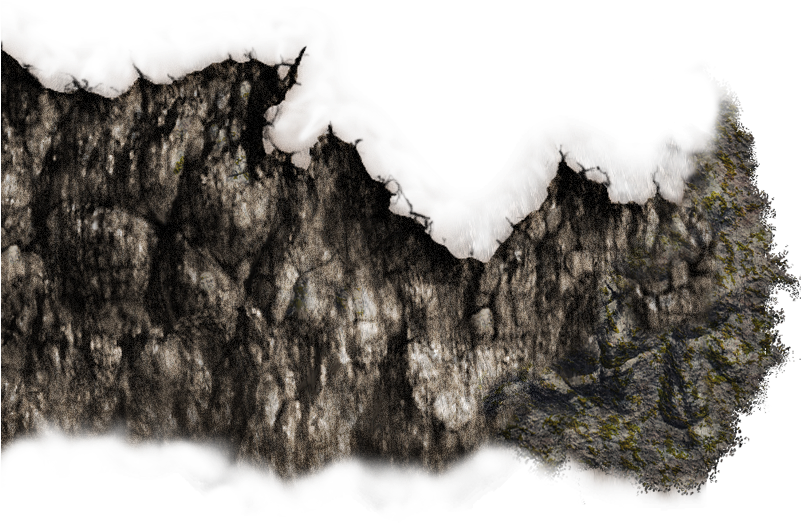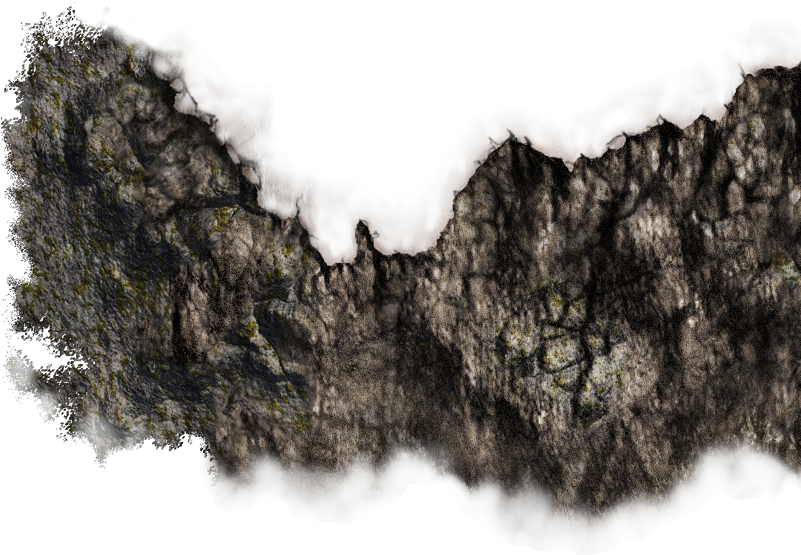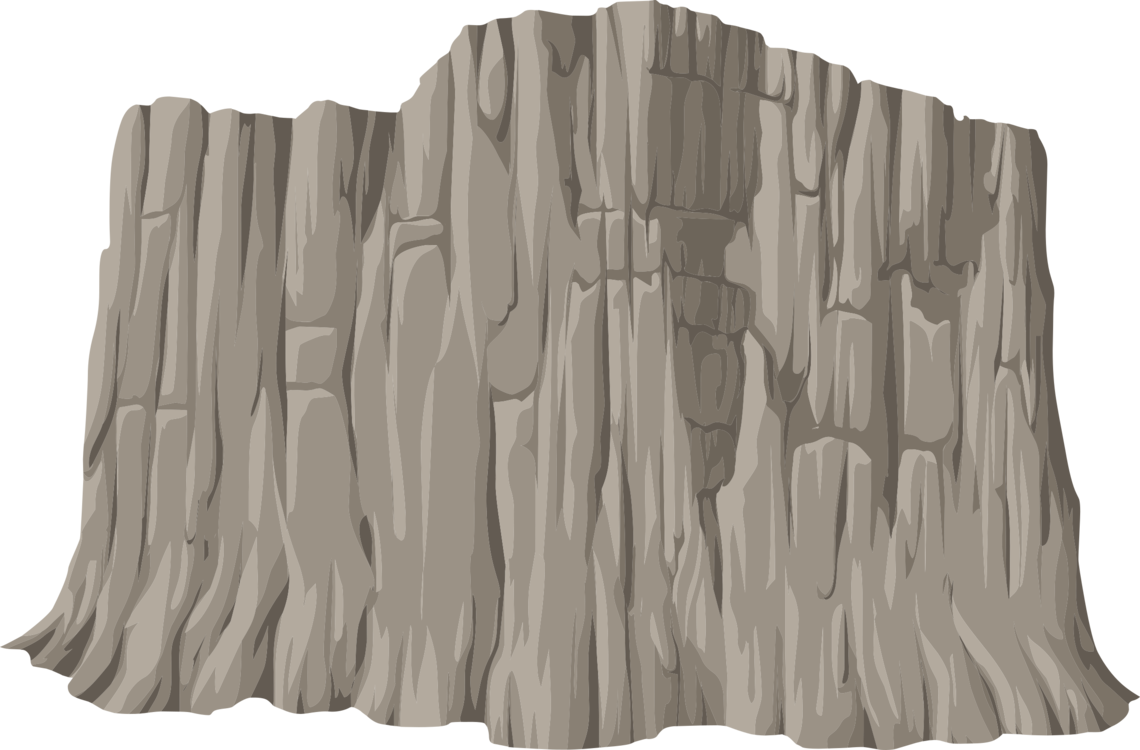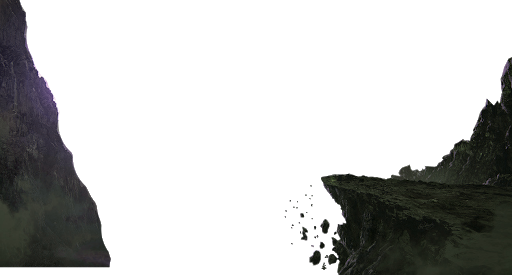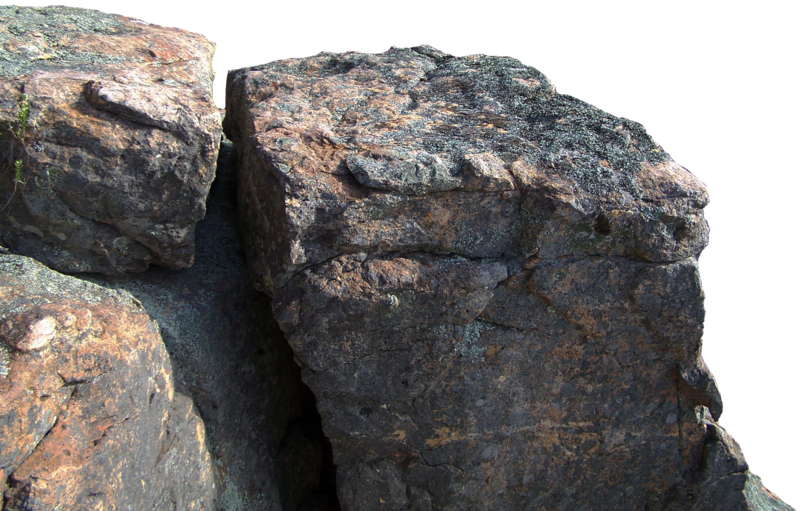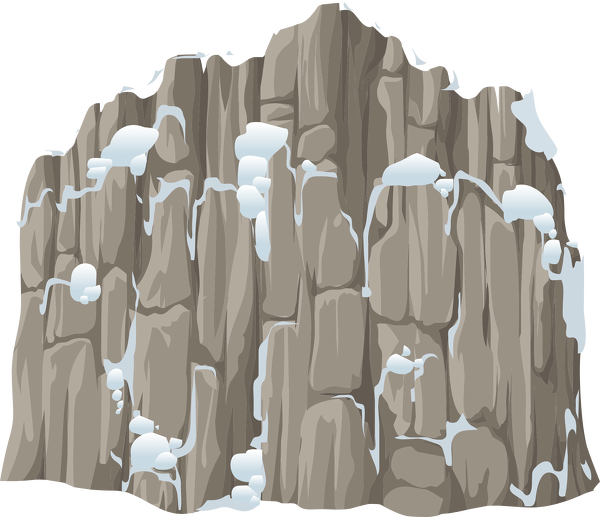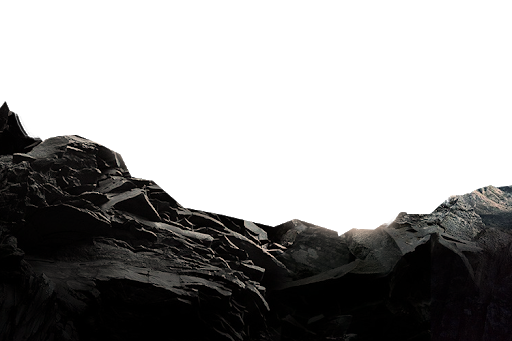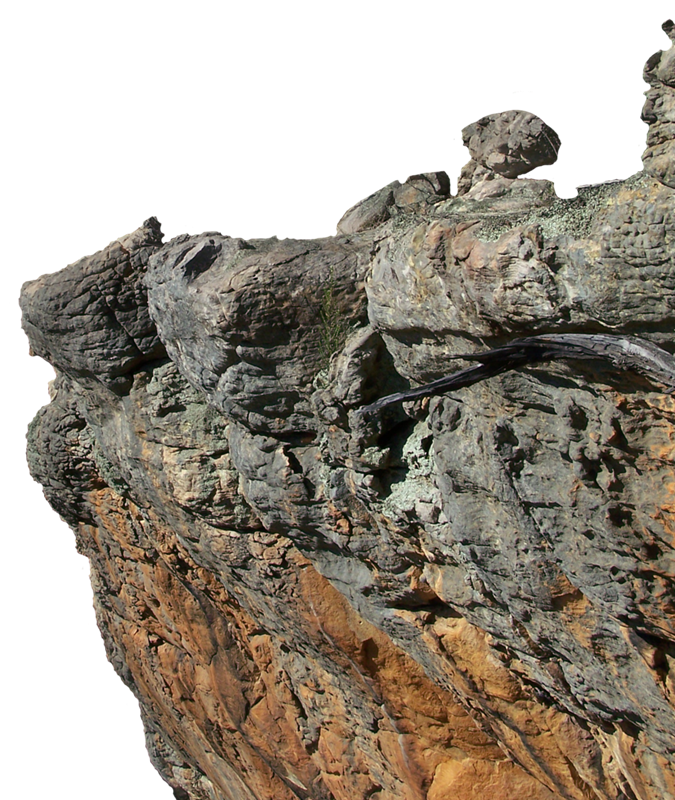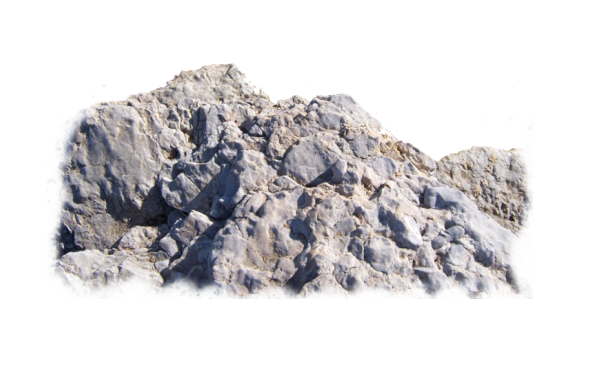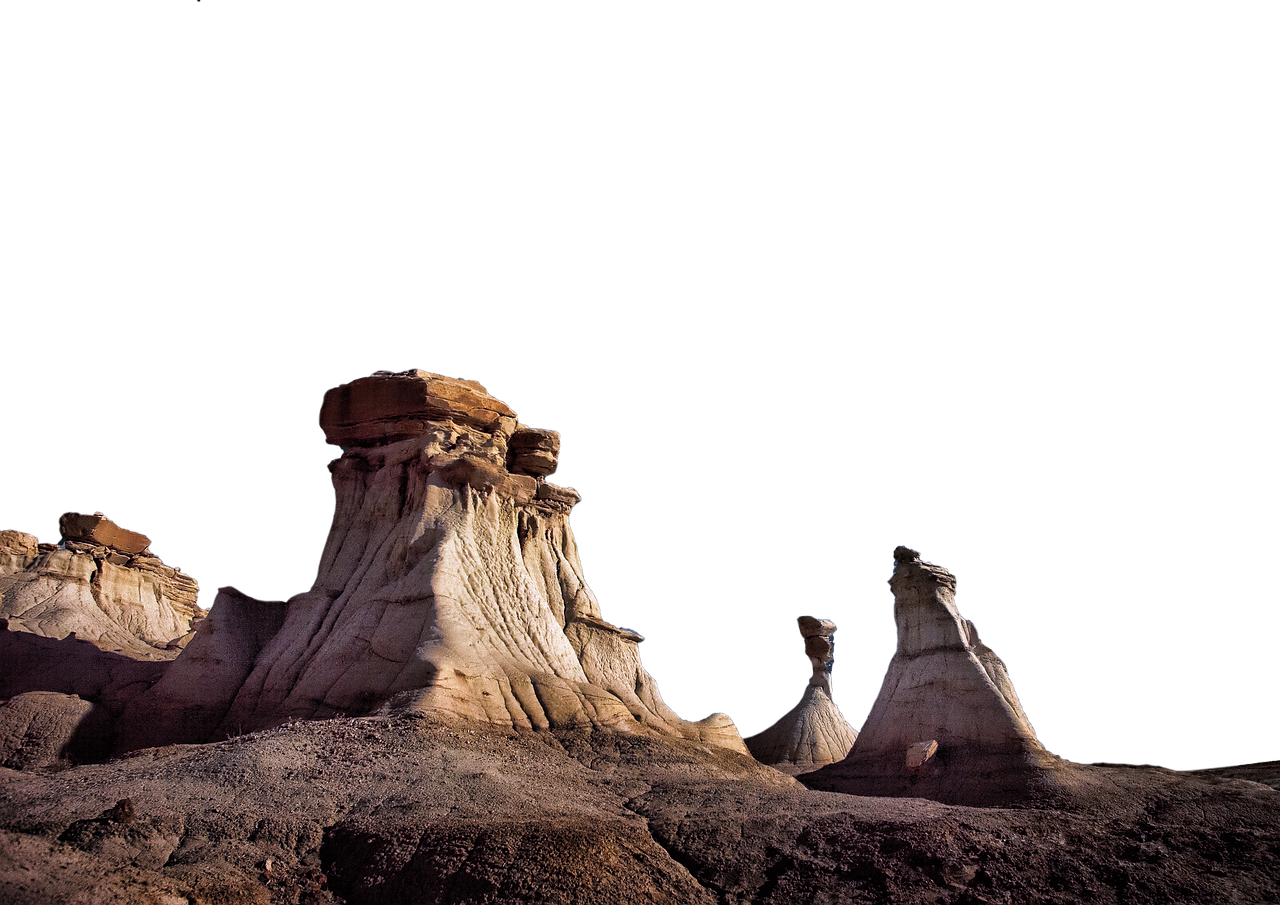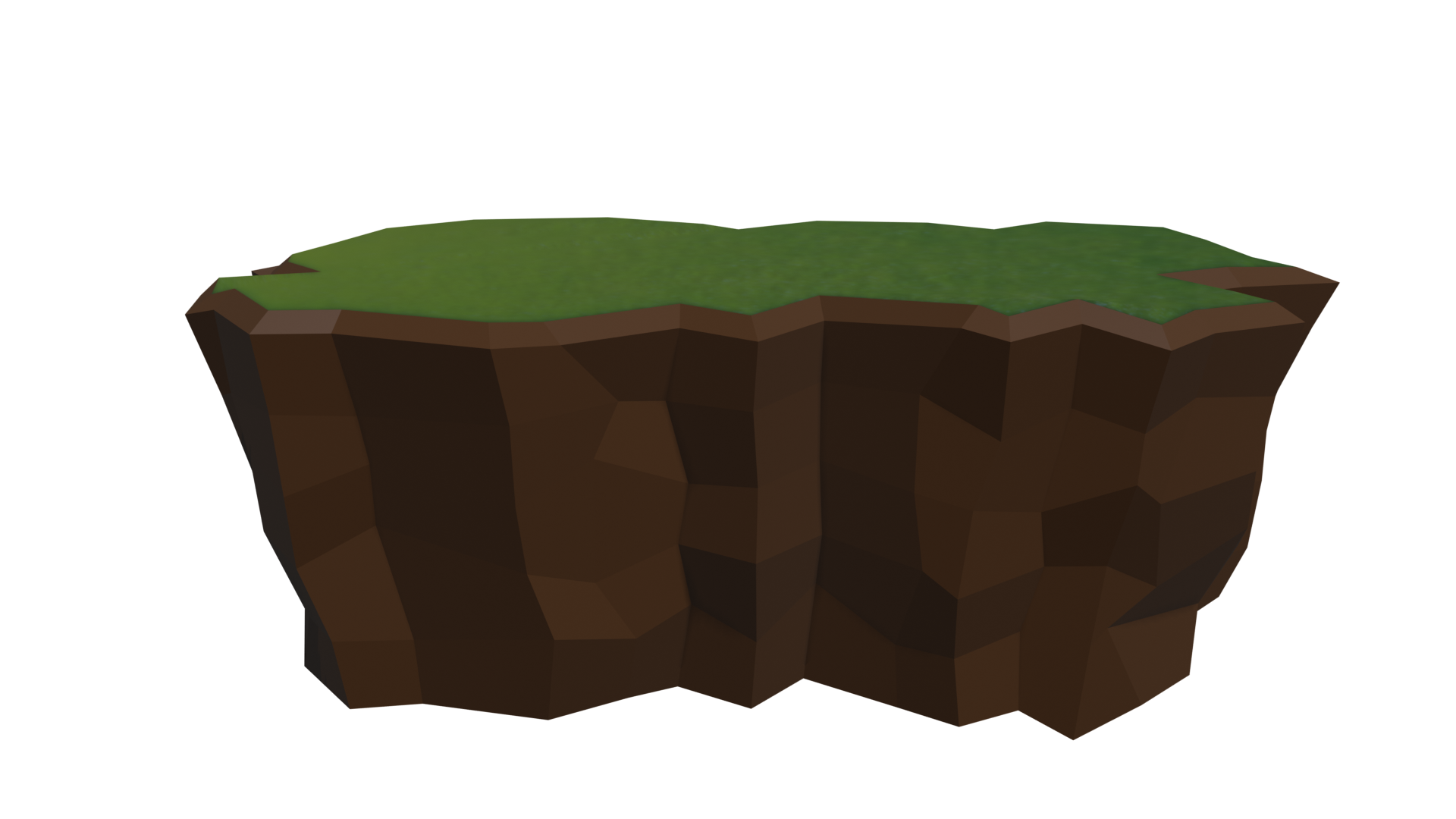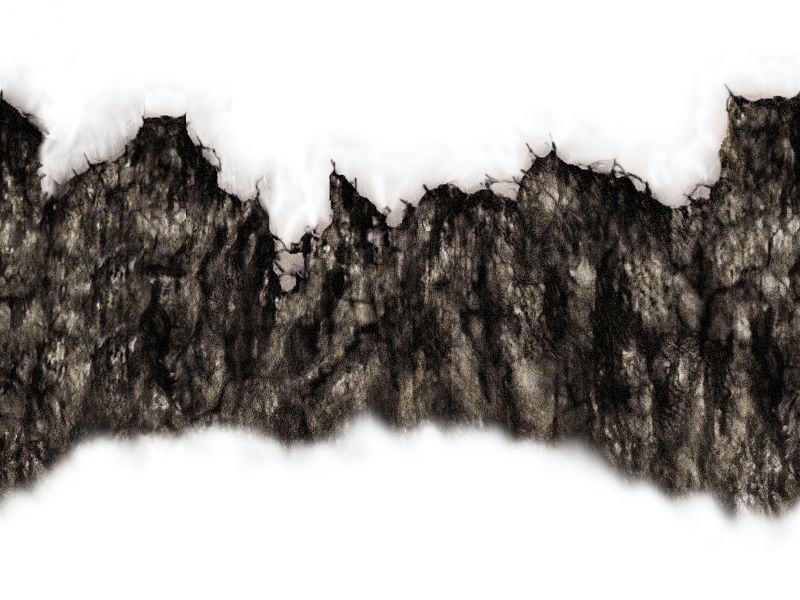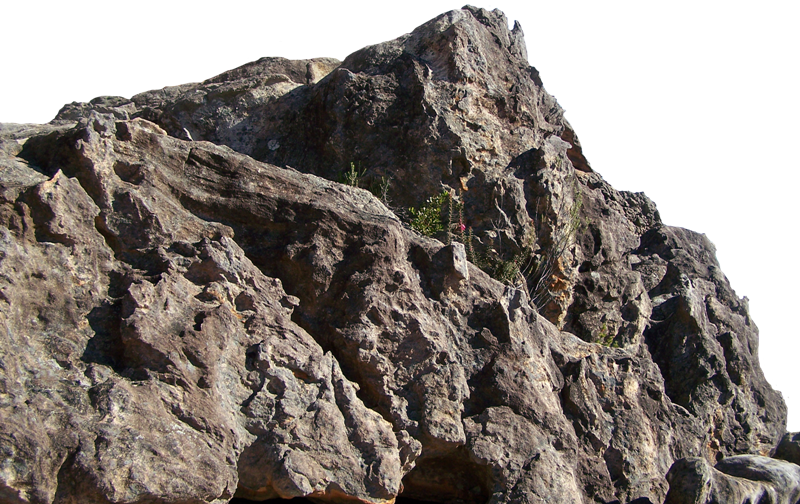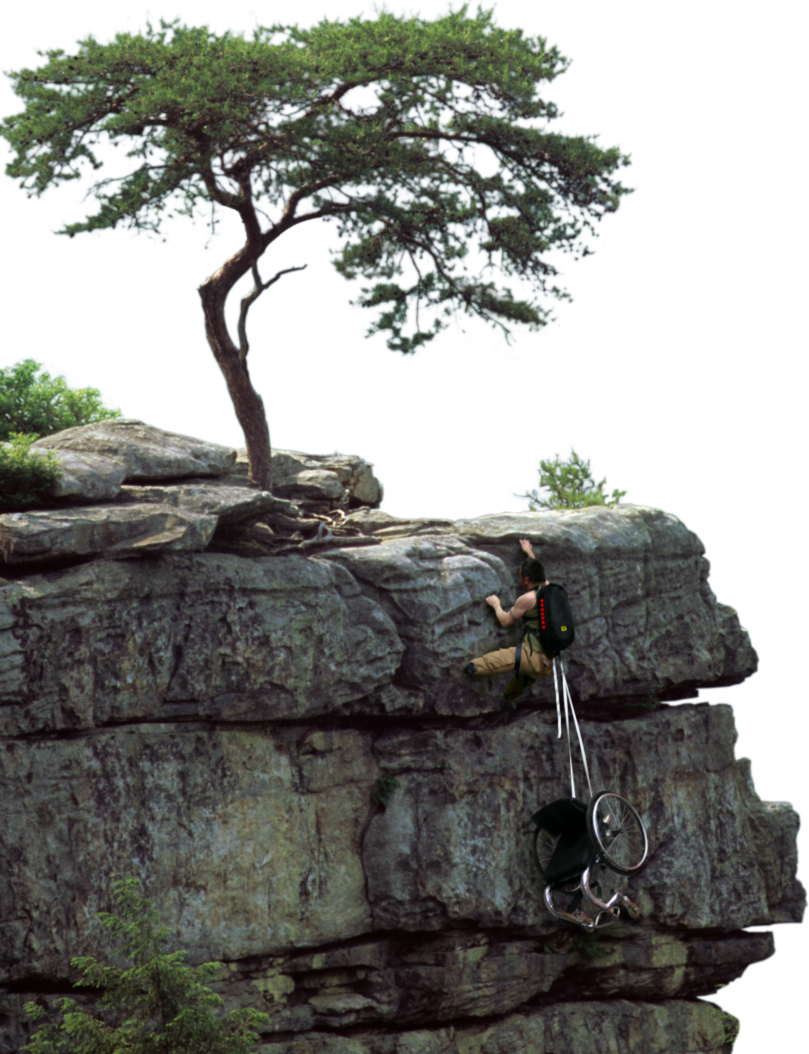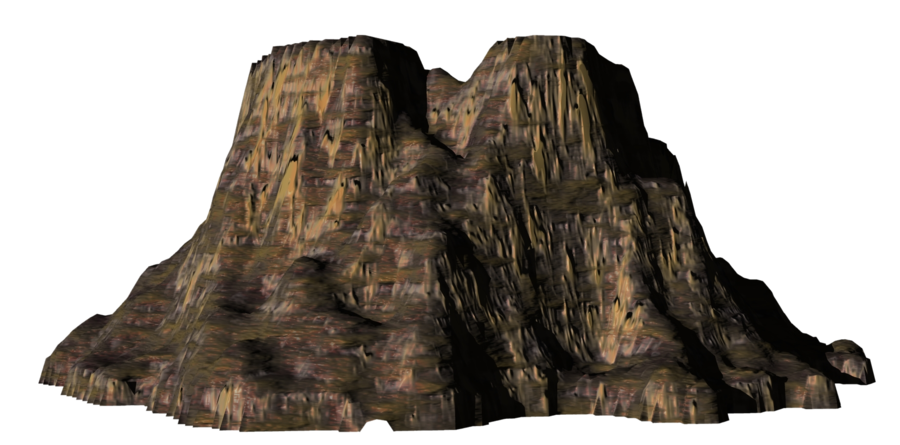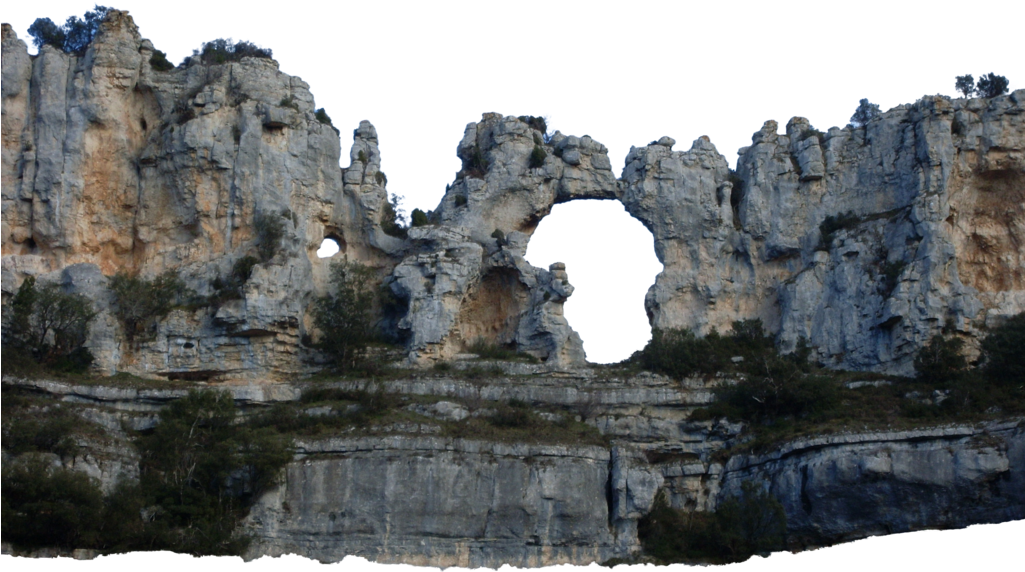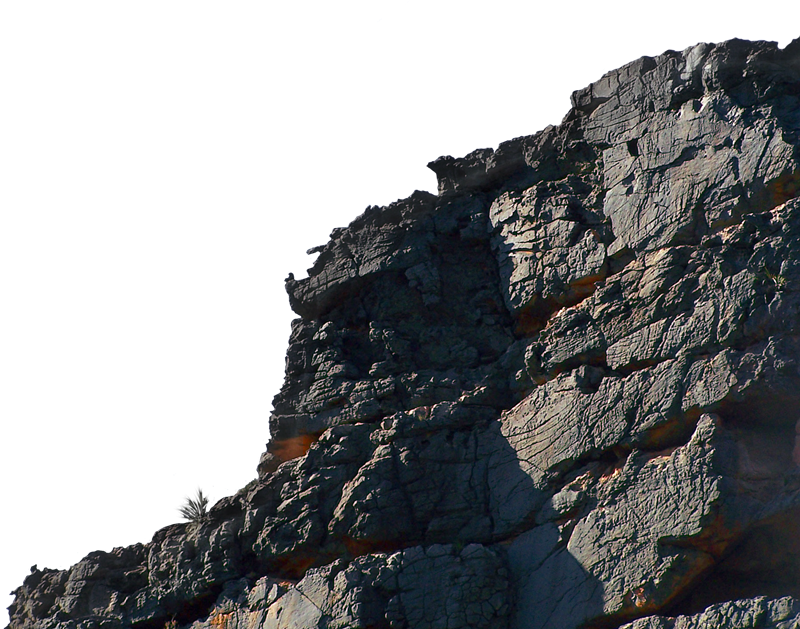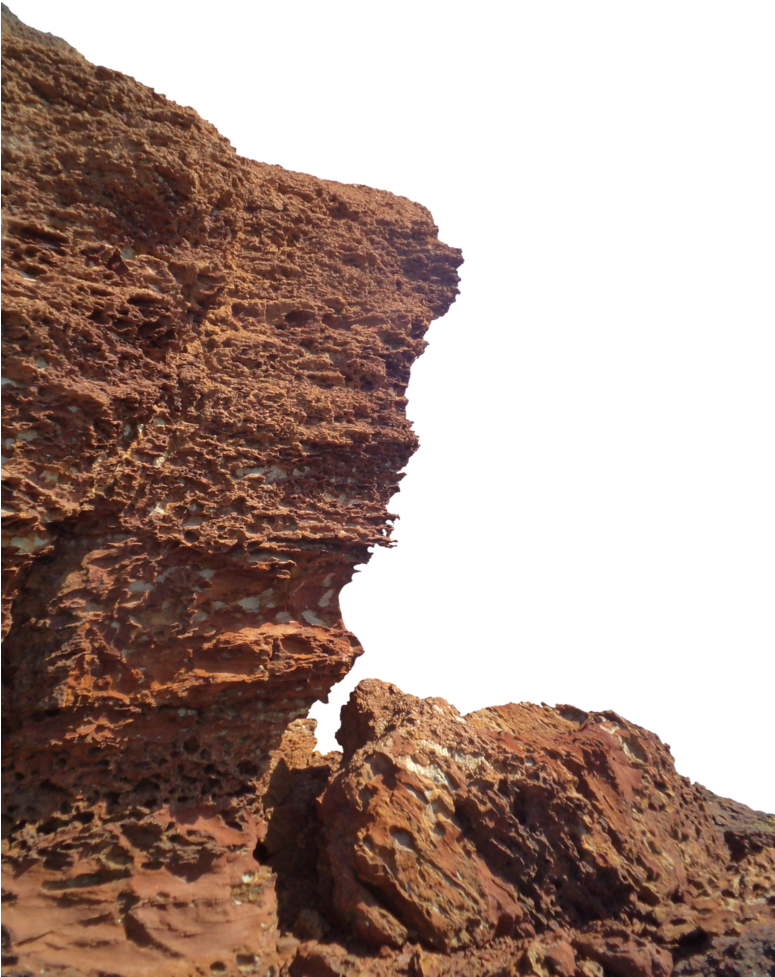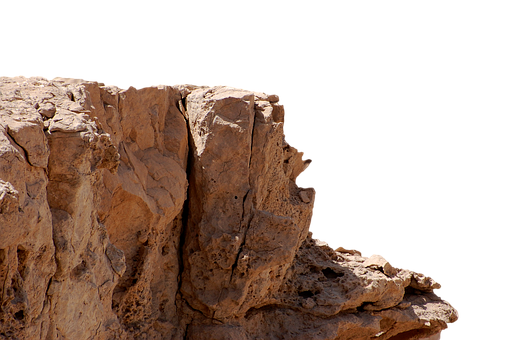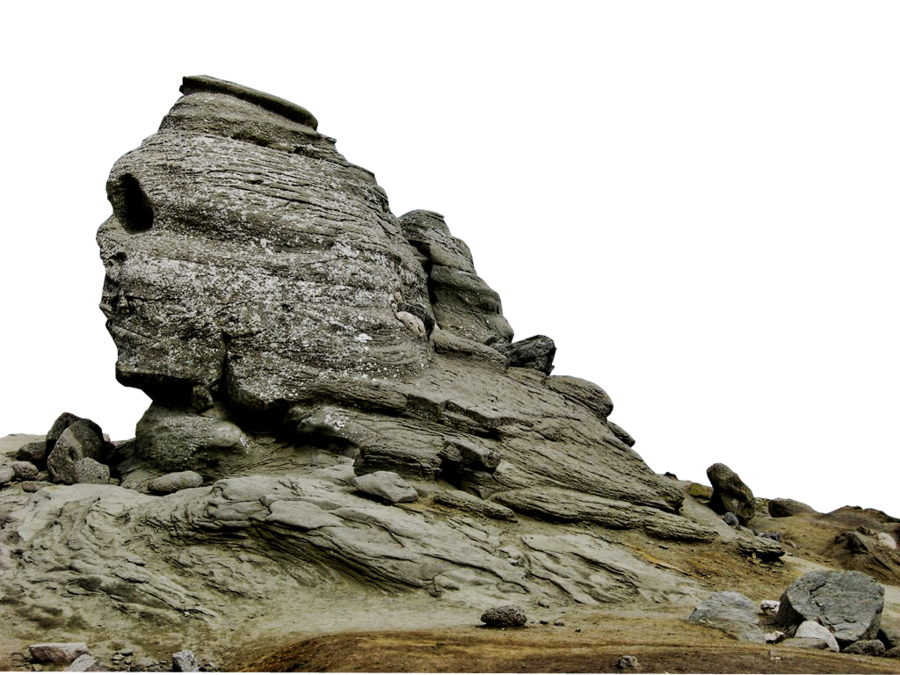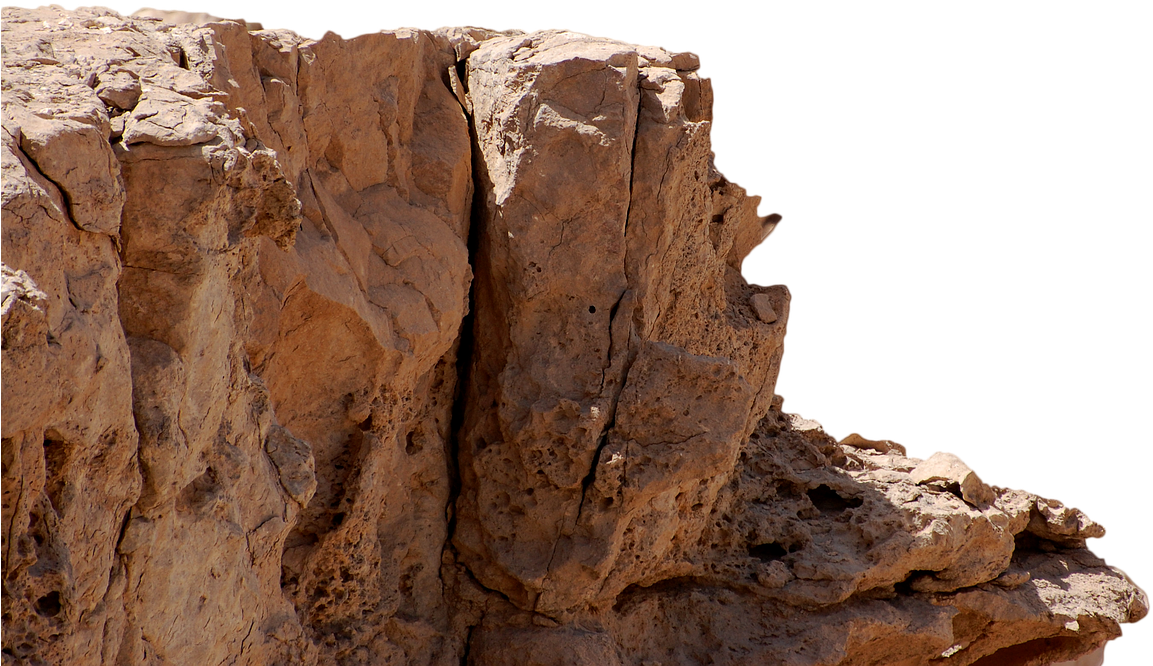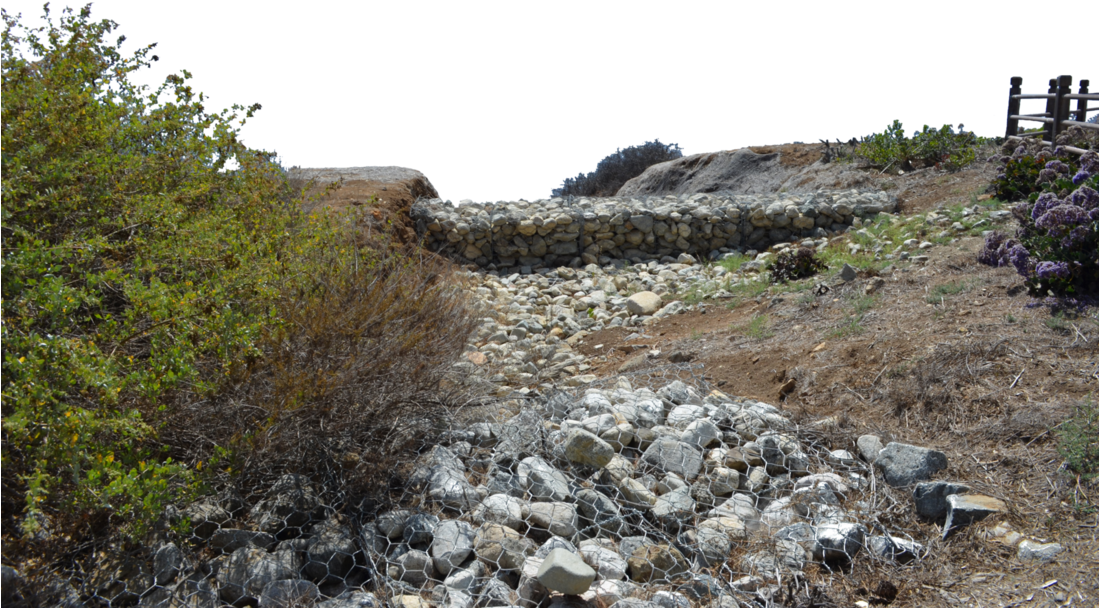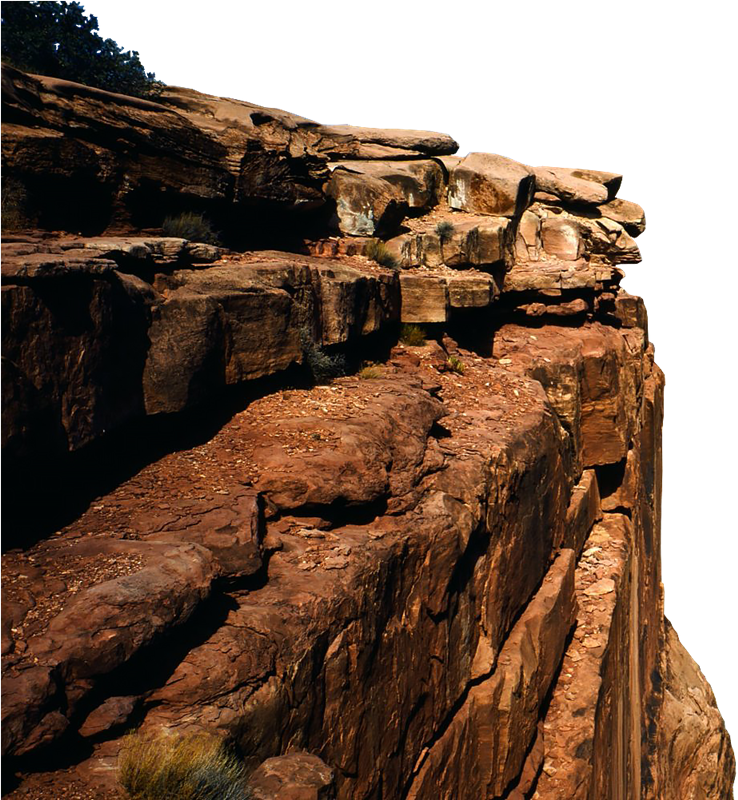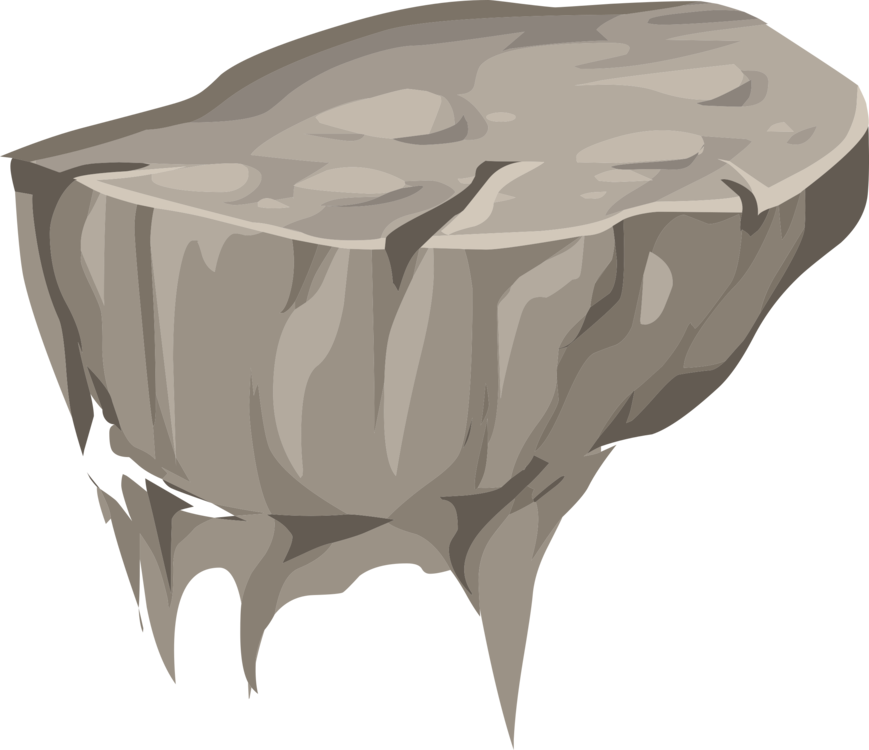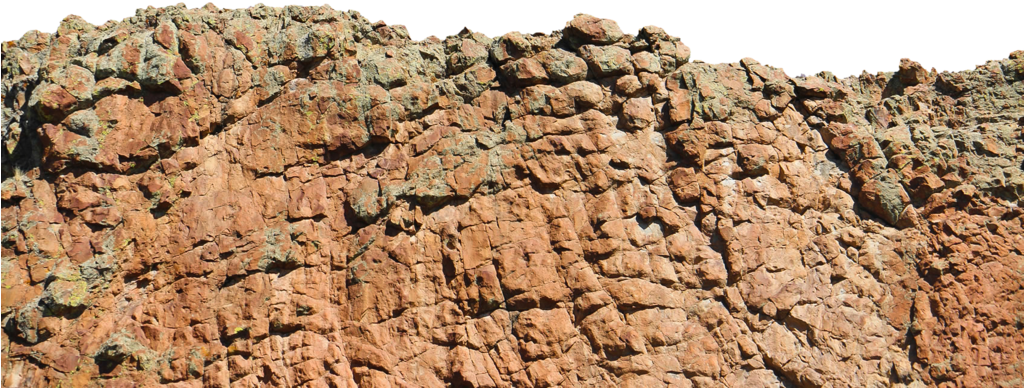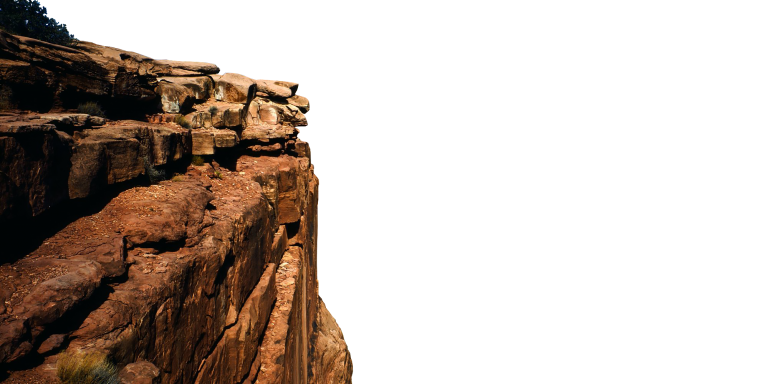Download top and best high-quality free Cliff PNG Transparent Images backgrounds available in various sizes. To view the full PNG size resolution click on any of the below image thumbnail.
License Info: Creative Commons 4.0 BY-NC
In geography and geology, a cliff is a vertical or nearly vertical ledge of rock. Cliffs are formed as erosion land forms as a result of weathering and erosion processes. Cliffs are common off the coast, in mountainous areas, on slopes and along on rivers. Cliffs are usually formed of rocks that are resistant to weathering and erosion. Sedimentary rocks that are most likely to form cliffs include sandstone, limestone, chalk, and dolomite. Igneous rocks such as granite and basalt also often form cliffs.
A slope (or ledge) is a cliff formed by a geological fault or landslide or differential erosion of layers of rocks of different hardness.
Most of the cliffs have a kind of talus slope at the base. In arid regions or under high cliffs, they are usually exposed to clumps of collapsed rock. In areas with high soil moisture, a soil slope may obscure the talus. Many cliffs also have tributaries of waterfalls or rock shelters. Sometimes a cliffs peeps out at the end of the ridge, leaving behind rocks or other types of rock columns. Coastal erosion can lead to the formation of sea cliffs along the retreating coastline.
Ordnance Survey distinguishes between cliffs (a continuous line along the upper edge with ledges down the face) and outcrops (straight lines along the lower edge). Given that the cliff does not have to be strictly vertical, it may be unclear whether a slope is a cliff or not and which part of a particular slope is considered cliff. For example, given a truly vertical rock wall above a very steep slope, only the rock wall or a combination of both can be considered. Therefore, cliff lists are inherently vague.
Some of the giant cliffs on Earth have been discovered underwater. For example, on the ridge located inside the Kermadec trench, you can find a drop of 8000 m above a span of 4,250 m.
The tallest, very steep, non-vertical cliffs in the world are the Rupal Face of Nanga Parbat and the southeast face of the Gyal Peri, both of which rise approximately 4,600 meters, or 15,000 feet, above their base. According to other sources, the tallest cliff globally, about 1,340 meters high, is the east face of Great Trango in the Karakoram mountains in northern Pakistan. A rather strict notion of cliff is used here since figure 1340 m refers to an almost vertical head on a wall of two stacked pillars; the addition of a very steep approach resulted in an overall drop from the cliff of the East Face precipice to the nearby Dunge Glacier to nearly 2,000 meters.
The tallest sea cliffs in the world also depend on the definition of “cliff” used. The Guinness Book of Records indicates that this is Kalaupapa, Hawaii, at an altitude of 1010 m.
Download Cliff PNG images transparent gallery.
- Cliff PNG Download Image
Resolution: 1409 × 803
Size: 419 KB
Image Format: .png
Download
- Cliff PNG File Download Free
Resolution: 768 × 348
Size: 1047 KB
Image Format: .png
Download
- Cliff PNG File
Resolution: 999 × 440
Size: 724 KB
Image Format: .png
Download
- Cliff PNG Free Download
Resolution: 1024 × 819
Size: 533 KB
Image Format: .png
Download
- Cliff PNG Free Image
Resolution: 801 × 523
Size: 814 KB
Image Format: .png
Download
- Cliff PNG HD Image
Resolution: 801 × 555
Size: 886 KB
Image Format: .png
Download
- Cliff PNG High Quality Image
Resolution: 1140 × 750
Size: 397 KB
Image Format: .png
Download
- Cliff PNG Image File
Resolution: 512 × 275
Size: 86 KB
Image Format: .png
Download
- Cliff PNG Image HD
Resolution: 800 × 511
Size: 767 KB
Image Format: .png
Download
- Cliff PNG Image
Resolution: 600 × 517
Size: 310 KB
Image Format: .png
Download
- Cliff PNG Images
Resolution: 512 × 341
Size: 134 KB
Image Format: .png
Download
- Cliff PNG Photo
Resolution: 900 × 1066
Size: 1143 KB
Image Format: .png
Download
- Cliff PNG Pic
Resolution: 1001 × 588
Size: 13 KB
Image Format: .png
Download
- Cliff PNG
Resolution: 596 × 369
Size: 242 KB
Image Format: .png
Download
- Cliff Transparent
Resolution: 1280 × 905
Size: 1084 KB
Image Format: .png
Download
- Cliff
Resolution: 1920 × 1080
Size: 1466 KB
Image Format: .png
Download
- Giant Cliff PNG Clipart
Resolution: 800 × 600
Size: 755 KB
Image Format: .png
Download
- Giant Cliff PNG Free Download
Resolution: 1600 × 1008
Size: 965 KB
Image Format: .png
Download
- Giant Cliff PNG Image
Resolution: 809 × 1054
Size: 1260 KB
Image Format: .png
Download
- Giant Cliff PNG Picture
Resolution: 900 × 445
Size: 407 KB
Image Format: .png
Download
- Giant Cliff PNG
Resolution: 1025 × 572
Size: 1285 KB
Image Format: .png
Download
- Giant Cliff Transparent
Resolution: 1823 × 1434
Size: 865 KB
Image Format: .png
Download
- Giant Cliff
Resolution: 775 × 977
Size: 1289 KB
Image Format: .png
Download
- Cliff Mountain PNG Clipart
Resolution: 511 × 340
Size: 231 KB
Image Format: .png
Download
- Cliff Mountain PNG File
Resolution: 512 × 512
Size: 22 KB
Image Format: .png
Download
- Cliff Mountain PNG Free Download
Resolution: 900 × 675
Size: 918 KB
Image Format: .png
Download
- Cliff Mountain PNG Free Image
Resolution: 1280 × 736
Size: 367 KB
Image Format: .png
Download
- Cliff Mountain PNG Image
Resolution: 1153 × 666
Size: 1655 KB
Image Format: .png
Download
- Cliff Mountain PNG Picture
Resolution: 1099 × 608
Size: 1625 KB
Image Format: .png
Download
- Cliff Mountain PNG
Resolution: 923 × 1001
Size: 1315 KB
Image Format: .png
Download
- Cliff Mountain Transparent
Resolution: 869 × 750
Size: 153 KB
Image Format: .png
Download
- Cliff Mountain
Resolution: 1024 × 388
Size: 1155 KB
Image Format: .png
Download
- Cliff PNG Clipart
Resolution: 768 × 384
Size: 259 KB
Image Format: .png
Download
